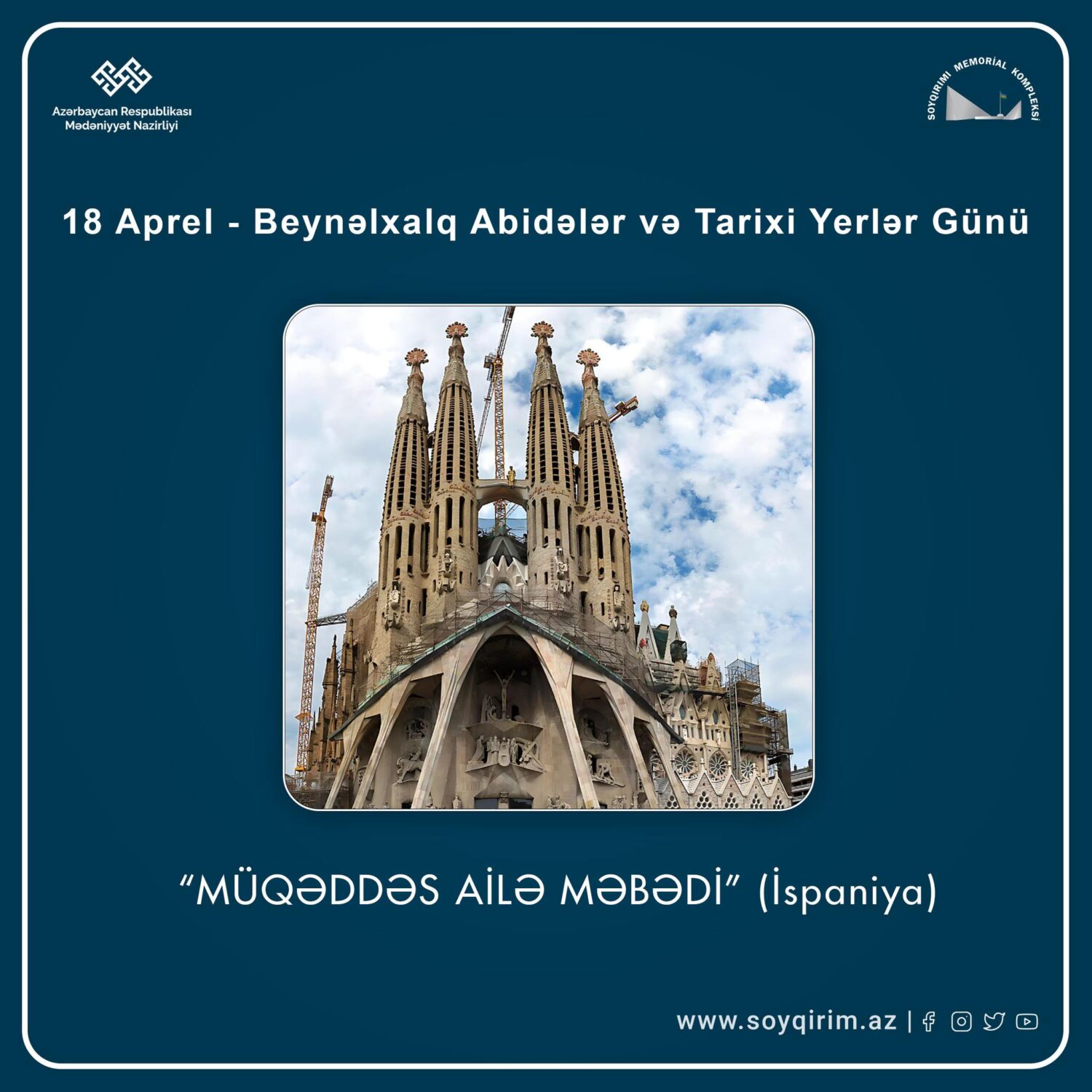"Sagrada Familia"

One of the most famous architectural landmarks in Barcelona, the Sagrada Familia, holds a special place in the history of Spanish architecture and in global architectural history. This extraordinary and magnificent temple was designed by the world-renowned Catalan architect Antoni Gaudí. He regarded the “Sagrada Familia” as the greatest and most spiritual project of his life, dedicating the last 15 years of his life entirely to this endeavor.
Construction of the temple began in 1882, and it remains unfinished to this day. After Gaudí’s death, the construction process continued based on his original sketches. Interestingly, the temple’s construction is still funded by donations and charitable contributions. The main goal is to complete the temple by 2026, marking the 100th anniversary of Gaudí’s death.
From an architectural perspective, the Sagrada Familia is entirely unique. Gaudí drew inspiration from nature, combining sculpture, mathematics, and religious symbols. The temple has three main façades: the Nativity Façade, the Passion Façade, and the Glory Façade. Each depicts certain stages in the life of Jesus Christ. The temple is planned to have 18 towers, of which 12 represent the apostles, 4 represent the Gospel writers, one represents the Virgin Mary, and the tallest one symbolizes Jesus Christ.
The interior is equally stunning. Gaudí designed the columns to resemble tree trunks, creating an interior that feels like a forest. Sunlight filters through the stained-glass windows, creating a colorful and mystical atmosphere inside.
In 2010, Pope Benedict XVI declared the Sagrada Familia a basilica, making it a sacred place of worship. Since 2005, it has been listed as a UNESCO World Heritage site. The Sagrada Familia is not only a symbol of religious faith and craftsmanship but also proof of what the human spirit can achieve. This magnificent structure attracts millions of tourists every year and has become a symbol of Barcelona.






